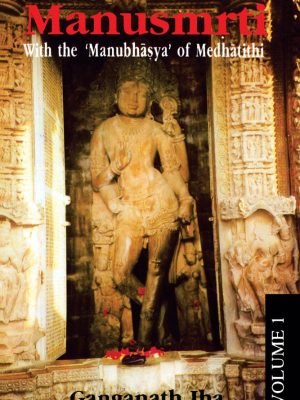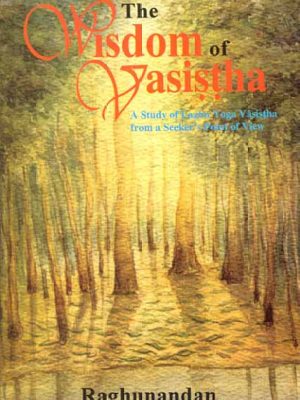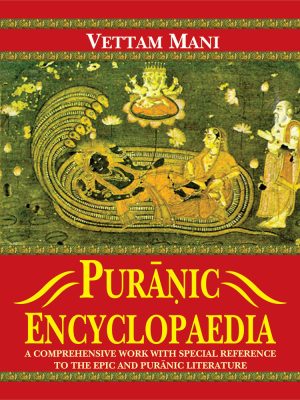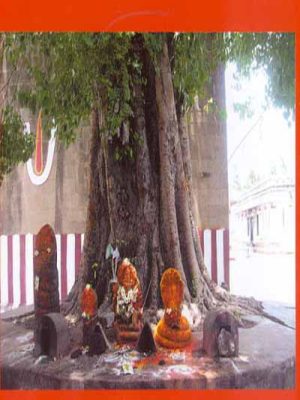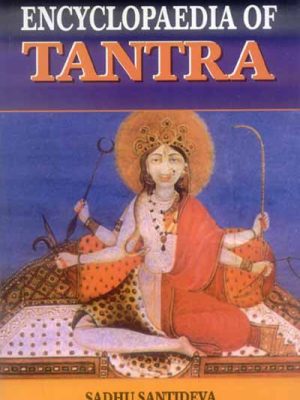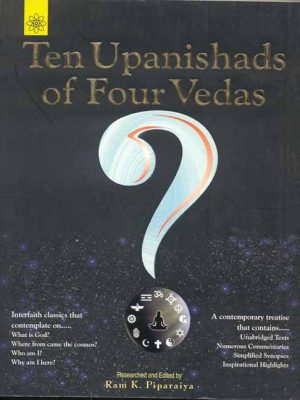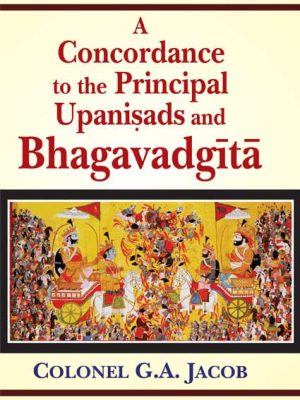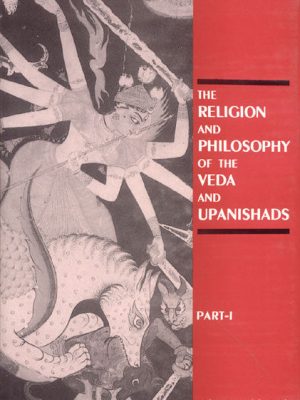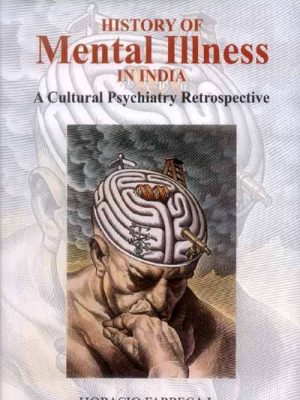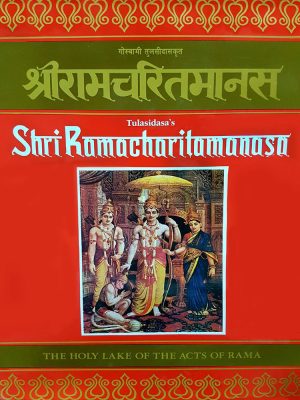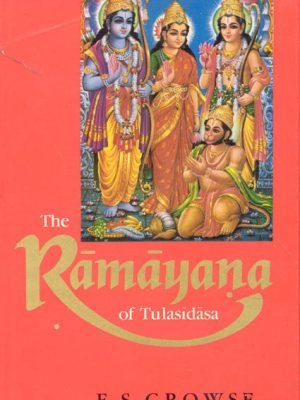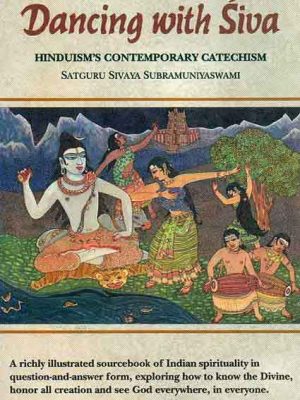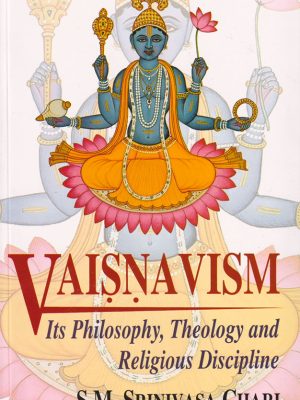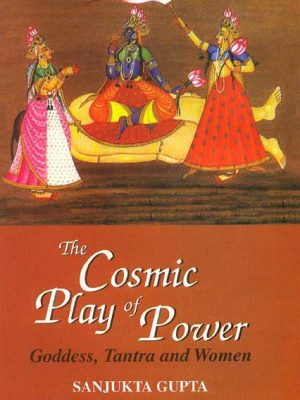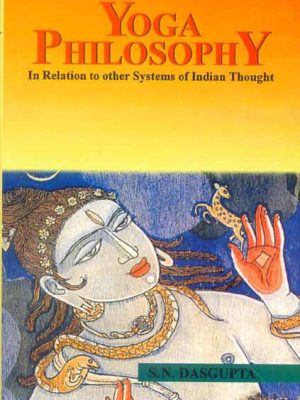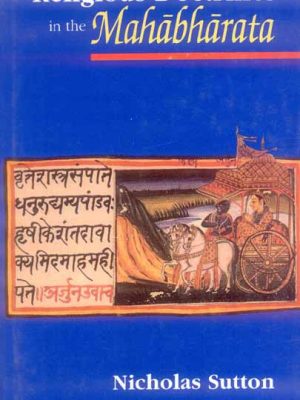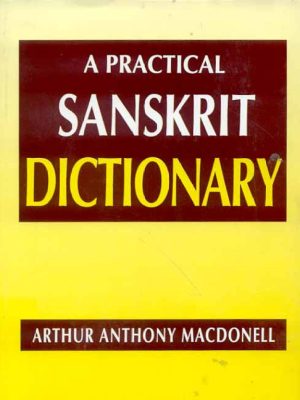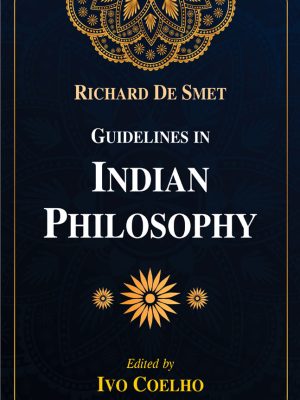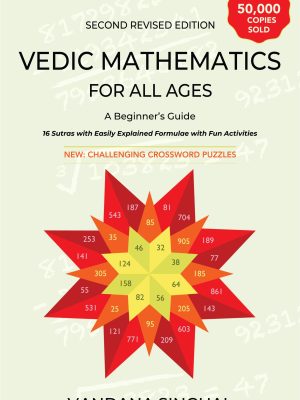Indology, History and Hinduism
-
Manusmrti, 10 Vols.: With the ‘Manubhasya’ of Medhatithi
Manusmrti, 10 Vols.: With the ‘Manubhasya’ of Medhatithi
Ganganatha Jha’s Mualti-volume Manusmrti, originally published by the University of Calcutta between 1920 and 1939 is as indicated by its subtitle “The Laws of Manu with the Bhasya of Medhatithi”, mainly an edition and translation of the Mula text together with the explanation of the most celebrated commentator. Medhatithi’s Manubhasya has been characterized by one of the leading scholars on Dharmasastra, J. Duncan M. Derrett, as a large repertory of opinion on the meaning of the “Smrti and on some fundamental questions of Dharma and Law.”
The present work is divided into three sets, i.e. Sanskrit Text (Mula), English Translation and Notes. These comprise of two, five and three volumes-in all the ten volumes. The first two volumes are devoted to (Mula) Sanskrit Text. The first consists of first six Adhyayas and the subsequent carries next six Adhyayas from Vii to XII and a detailed Index for both volumes. The next five volumes (Vol.3 to 7) belong to English Translation. The Vol.3 carries Adhyayas I and II, Vol.4 contains Adhyayas III and IV, Vol.5 has Adhyayas V to VII, Vol 6 has Adhyaya 8, and Vol.7 has last four Adhyayas (IX to XII). All volumes contain a detailed Index. The last three volumes (8 to 10 are devoted to detailed Notes conducive to understanding the subject of the Smrti even to an interested average reader. These belong to textual, explanation and comparative respectively. These contain much useful informations
₹25,000.00 -
The Wisdom of Vasistha: A Study on Laghu Yoga Vasistha from a Seeker’s point of view
The Wisdom of Vasistha: A Study on Laghu Yoga Vasistha from a Seeker’s point of view
Yogavasistha or Yogavasistha Maharamayana has been a guide book to earnest Sadhakas, all over the country. The popularity of this book appears to be due to the fact, that it is a happy combination of terse Upanisadic thought clothed in the story form. The Wisdom of Vasistha: A Study on Laghu Yoga Vasistha from a Seeker’s point of view A scripture becomes relevant, when it gives the truths of the Upanisads, using a common man’s language with illustrative stories, helps a beginner as well as an advanced seeker. It is believed by some that Sage Valmiki wrote the Ramayana for the purification of mind and to create a mood of seeking in the society. It is well known, that the story of Sri Rama, gives an exemplary ethical and moral behaviour in an individual, and a glimpse into the ideal culture, through the description of Ayodhya. For only on a strong ethical and moral foundation can one hope to build the super-structure of spirituality. Attempt has been made to cover all the stories in six Prakaranas. This book is a study by a seeker, and an attempt to present the philosophy, and practical hints contained in the book, to fellow seekers who are not very familiar with Sanskrit. It is essentially meant for inspiring the seekers to take up the study of the original text, which is a mine of practical wisdom. The essays contained herein, are glimpses into the meditations on the golden verses and their connection and relevance in our day-to-day life. Consequently, the interpretation and the perspective is not really meant for scholastic pursuits.
Author
Raghunandan
₹3,000.00 -
Gods Beyond Temples
Gods Beyond Temples
The holy is more of an experience than an idea in the Indian tradition, and it extends well beyond the confined spaces of an organised temple or even a shrine. The adherents of this religion, much like the gods of this tradition, are humble and unassuming, yet at the same time dignified and certain of themselves. Whether it be a tree that is revered or a naturally occurring stone that is revered, a river that is the embodiment of divinity itself, an ancestor that is worshipped, a fabric that is simply draped, a road side shrine on a busy street or a votive terracotta horse that was lovingly made and offered, a narrative scroll that holds its audience spell-bound; here is religion at work that is as spontaneous as it is intemperate. The rites and practises performed in honour of these deities are neither written nor canonised; nonetheless, whatever they may lack in grandeur, erudition, and formality, they more than make up for in the faith and passion that they inspire in those who participate in them. These sacred manifestations and expressions of the ordinary people have a tendency to be sidelined or dismissed by academics as well as the world at large, as minor or lesser gods worthy of curiosity but not of serious study. However, it is important to keep in mind that they have a beauty and presence of their own in the pluralistic Indian tradition.
About
HARSHA V. DEHEJIA
About the Author(s)
HARSHA V. DEHEJIA has a double doctorate, one in Medicine and the other in Ancient Indian Culture both from Bombay University, in India. His first two books, The Advaita of Art and Parvatidarpana have been acclaimed.
₹2,500.00Gods Beyond Temples
₹2,500.00 -
-
Ten Upanishads Of Four Vedas
Ten Upanishads Of Four Vedas
Ten Upanishads Of Four Vedas,Ram K.Piparaiya: A modern treatise that includes whole texts, extensive commentaries, condensed summaries, and pivotal points of inspiration. This book is a valuable compilation of the original Upanishadic writings as well as commentaries on those works. Classic works from a variety of faiths that provoke thought on. Who is God, exactly? Where did everything in the universe come from? Just who am I? Why am I in this place?
The Upanishads provide a chronicle of the human mind’s early voyages into the realm of the unknown via contemplation.
At the very least, a few centuries separated many of the nameless searchers from famous teachers and prophets such as Lao-Tzu, Confucius, Socrates, Zoroaster, Buddha, Mahavira, Abraham, and Jesus. Among the anonymous seekers were those who came before them.
In the Upanishads, the link between man, God, and the universe is illustrated via a variety of intriguing tales and metaphors.
Aphorisms are short sayings that pack a lot of wisdom into a little amount of space.
The sheer sight of Upanishads texts on a bookshelf is enough to evoke contemplation of wisdom after just a few moments of reading them.
About the Author(s)
Shri Ram Piparaiya
₹2,000.00Ten Upanishads Of Four Vedas
₹2,000.00 -
A Concordance to the Principal Upanisads and Bhagavadgita
One of the major difficulties in appreciating the various commentaries on Vedanta Sutras and other ancient Indian philosophical texts is that numerous citations from the Upanishads and the Bhagavadgita are found in them without any exact authenticated reference to the original source. With a view to overcoming this difficulty by providing relevant cross-references, as also to furnishing useful material to students of philology and lexicography, Col. Jacob has compiled this book. This volume owes its existence to a pressing sense of need.
Review(s)
About the Author(s)
₹1,995.00 -
Religion and Philosophy of the Veda and Upanishads (2 Vols.)
Religion and Philosophy of the Veda and Upanishads (2 Vols.)
This publication gives an account that is both thorough and brief of the whole of the religion and philosophy that existed in India throughout the Vedic era. Any anyone who is serious about their study of religion and philosophy will find this book to be a very helpful and comprehensive source of information. This massive effort has been undertaken with the intention of reestablishing the Vedic religion to its rightful position in the field of theological research.
About the Author(s)
Arthur Berriedale Keith
₹1,795.00 -
Shri Ramacharitamanasa: The Holy Lake Of The Acts Of Rama
Shri Ramacharitamanasa: The Holy Lake Of The Acts Of Rama
The SHRI RAMACHARITAMANASA by Tulasidasa is the single most popular book among Hindus. This book has a huge appeal to the affluent and the poor, the learned and the uneducated, the elderly and the young, as well as the scholar and the ordinary man. It has been around for more than four centuries.
Its popularity is neither exclusive to India, nor is it just read by Hindus, neither of which is true. Because it reaffirms man’s trust in the robustness of moral order that sustains the world, the message of the RAMACHARITAMANASA is more pertinent than ever in today’s world. Dark and wicked powers may and will sometimes pose a danger to disturb that order, but eventually, divine intervention will chasten and subjugate those forces and bring them under control.
This one-of-a-kind version of the RAMACHARITAMANASA has been developed with a verse-by-verse Hindi and English translation, in addition to Tulasidasa’s original text, bearing in mind the ever-increasing interest that people have shown in epic literature. The fundamental richness of the original has been preserved in the translation that was produced by an expert scholar. It has been constructed with the intention of being of assistance to Indian brothers and sisters who are now residing outside of India and for whom the dialect used in Tulasidasa’s original may be rather difficult to understand. The enormous Indian diaspora living in other countries has, for a very long time, voiced their desire for a standard and genuine copy of the RAMACHARITAMANASA. The current version was developed to fulfil their request by using the most cutting-edge printing and processing methods available in order to produce a product that conforms to international standards.
This version is distinguished in particular by the incorporation of Lavakushakanda, Shri Hanumanchalisa, and Shri Ramashalaka Prashnavali. The manner in which it is to be recited is detailed in a separate appendix. The significant portion that includes Indian, European, and American scholars’ critiques of Tulasidasa’s RAMACHARITAMANASA is another facet that contributes to the book’s one-of-a-kind character. The last section includes a dictionary that defines significant proper nouns as well as epithets.
Dr. R.C. Prasad translated SHRI RAMACHARITAMANASA into simple and lucid English and Hindi. He was a University Professor of English in Patna University where he taught for about three decades. He was an eminent author, translator and editor. He had a good number of books to his credit.
₹1,500.00 -
-
Dancing with Siva: Hinduism’s Contemporary Catechism
Dancing with Siva: Hinduism’s Contemporary Catechism
A question-and-answer formatted reference on Indian spirituality that is vividly illustrated throughout. Topics covered include how to know the Divine, respect all creation, and recognise God everywhere and in everyone.
The Complete Master Course Series This book contains some information that has never been published before, and all of it is pertinent to your own awakening on the road to union with God. You will learn the deepest truths and insights of Indian spirituality inside this book. Dancing with Shiva is the first book of an unique trilogy that is collectively referred to as The Master Course. It represents the culmination of fifty years of yogic realisations and the sharing of the Hindu mystical teachings with aspirants. The trilogy is a comprehensive overview of astanga yoga, which is also known as raja yoga. Astanga yoga is comprised of eight distinct stages, each of which is reliant upon the step that came before it. These eight processes are known as yama (restraint), niyama (surveillance), asana (posture), pranayama (breath control), pratyabhara (sense withdrawal), dharana (concentration), dhyana (meditation), and samadhi. yama means restriction, niyama means observance, and asana means posture (contemplation).
The trilogy elucidates, in clear and concise words, why one must start at the beginning, with a solid foundation consisting of philosophical coherence and moral excellence, and then progress from there. The book “Dancing with Siva” explains the philosophical and Vedic-Agamic ideas, attitudes, and expectations that are central to the Saivite school of Hinduism.
The second book in the trilogy, titled Living with Siva, delves into the Saivite way of life, as well as its culture, family dynamics, the process of developing one’s personality, and the triumph over negative patterns of behaviour. It emphasises on yama, niyama and, in a lesser manner, asana and pranayama (hatha yoga).
Author
₹1,295.00 -
Religious Doctrines in the Mahabharata
Religious Doctrines in the Mahabharata
This is the longest epic poem ever written, and it is widely considered to be one of the best epic poems ever written in any language. With the intention of serving as a treatise on life in general, it covers topics such as religion and ethics, politics and government philosophy, and the search for redemption.
Reprint of a foundational text on the Mahabharata that examines the book’s most important ideas and topics. a new perspective on the ancient Hindu and Indian epicReview(s)
“…it explores a certain discourse rather than expounding a single dogmas” … extremely useful to have materials from the whole epic so carefully assembled and compared.” – Journal of Royal Asiatic Society
“This is an eminently readable book.
Author
Nicholas Sutton
₹995.00 -
-
